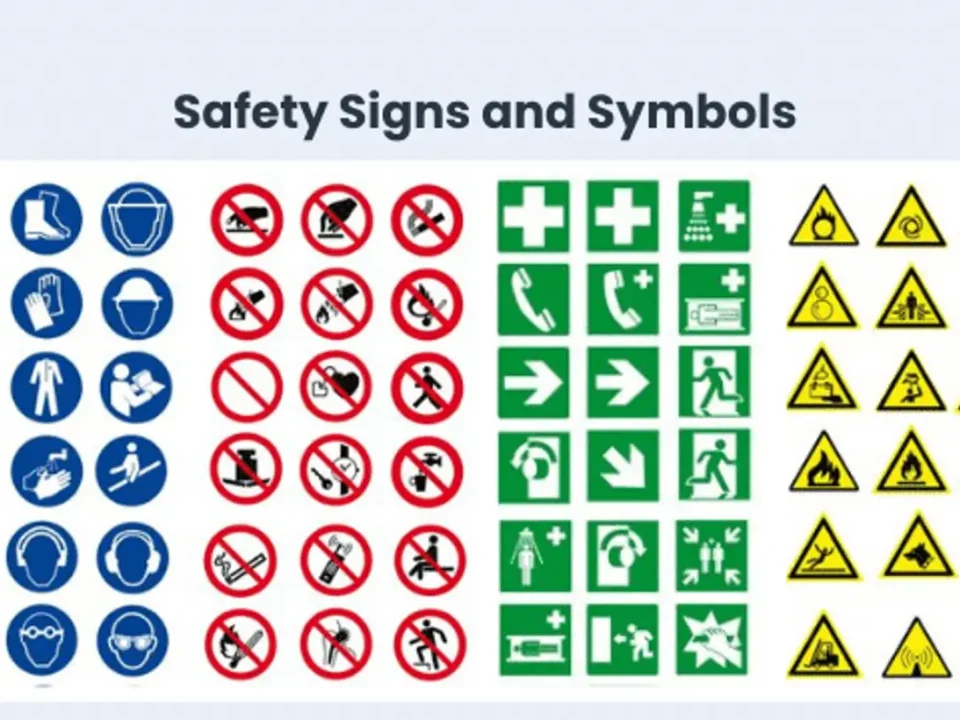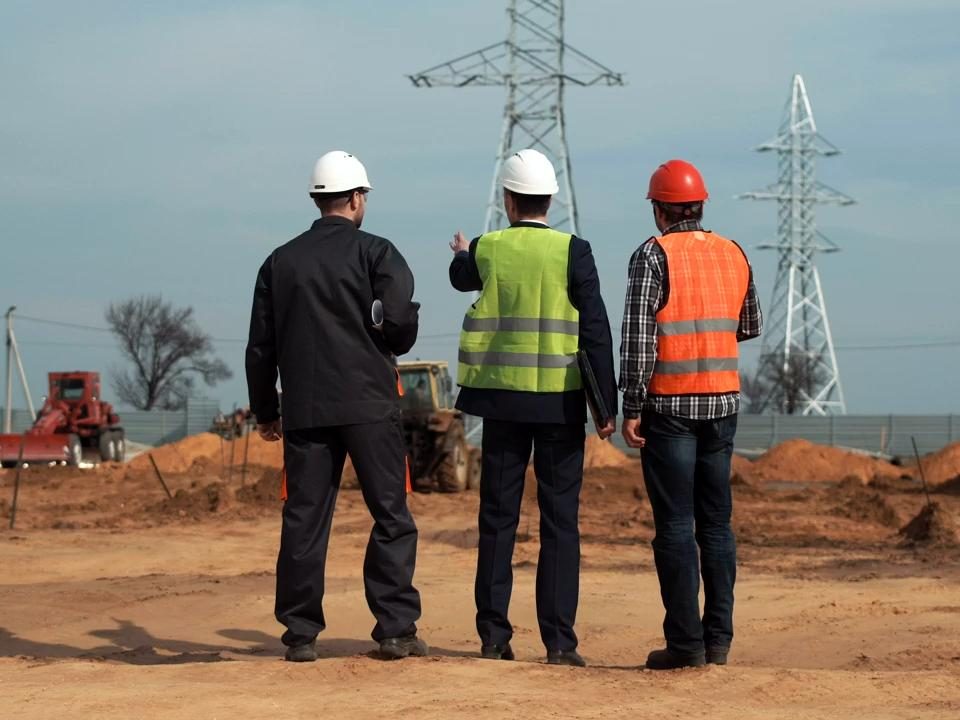Lifting and Rigging Operations Safety Training

BRSR FAQ: SEBI Guided ESG Reporting Explained
October 12, 2024
Logistics Safety Management Training: Ensuring a Safe and Efficient Supply Chain
October 22, 2024Introduction
Lifting and rigging operations are integral parts of many industrial processes, involving the movement of heavy loads using cranes, hoists, and other equipment. While these operations are essential for efficiency and productivity, they pose significant safety risks if not conducted properly. TheSafety Master offers comprehensive Lifting and Rigging Operations Safety Training to ensure the safety and well-being of workers involved in these critical tasks. This training program is designed to equip employees with the knowledge and skills necessary to perform lifting and rigging operations safely and effectively.
Importance of Lifting and Rigging Operations Safety Training
- Preventing Accidents: Proper training helps in identifying potential hazards and implementing safety measures to prevent accidents and injuries.
- Compliance with Regulations: Ensures adherence to industry standards and legal requirements, avoiding potential fines and legal issues.
- Enhancing Productivity: Well-trained personnel can perform lifting and rigging tasks more efficiently, reducing downtime and increasing productivity.
- Protecting Equipment and Assets: Reduces the risk of damage to equipment and materials, leading to cost savings and operational continuity.
Key Components of Lifting and Rigging Operations Safety Training
- Understanding Equipment: Training on the various types of lifting and rigging equipment, including cranes, hoists, slings, and shackles, and their specific applications.
- Inspection and Maintenance: Learning how to inspect equipment before use, identifying defects, and understanding maintenance procedures to ensure equipment is in safe working condition.
- Load Calculations: Training on how to calculate load weights, center of gravity, and determining the appropriate rigging techniques and equipment for safe lifting.
- Rigging Techniques: Detailed instruction on proper rigging methods, including the use of slings, hitches, and load attachment points to ensure stability and balance during lifts.
- Signal and Communication: Teaching the standard hand signals and communication protocols to ensure clear and effective communication between crane operators and riggers.
- Safety Procedures: Emphasizing the importance of safety procedures, including pre-lift planning, hazard assessment, and emergency response protocols.
- Personal Protective Equipment (PPE): Training on the correct use of PPE, such as helmets, gloves, safety glasses, and harnesses, to protect workers from potential hazards.
Benefits of Lifting and Rigging Operations Safety Training
- Reduced Risk of Injuries: Proper training minimizes the risk of injuries caused by equipment failure, falling loads, or improper handling.
- Increased Confidence and Competence: Workers who are well-trained feel more confident in their abilities, leading to better performance and job satisfaction.
- Enhanced Team Coordination: Training promotes effective communication and teamwork, which is crucial for the safe execution of lifting and rigging operations.
- Cost Savings: Preventing accidents and equipment damage results in significant cost savings for the organization.
Integration with Process Safety Management
Lifting and rigging operations are often a part of larger industrial processes that involve handling hazardous materials and complex machinery. Integrating lifting and rigging safety training with Process Safety Management (PSM) is essential to ensure comprehensive safety measures are in place.
Role of Lifting and Rigging Safety Training in PSM:
- Hazard Analysis: Identifying potential hazards associated with lifting and rigging operations and incorporating them into the overall process hazard analysis.
- Safety Procedures: Developing and implementing safety procedures for lifting and rigging operations as part of the PSM program.
- Emergency Response: Ensuring that emergency response plans include procedures for dealing with incidents related to lifting and rigging operations.
- Continuous Improvement: Using insights from lifting and rigging safety training to continuously improve the overall PSM program.
Fire Audits and Lifting and Rigging Operations
Fire Audits are crucial for assessing fire risks and ensuring adequate fire protection measures are in place. Lifting and rigging operations often involve working with flammable materials and in environments where fire hazards are present.
Role of Fire Audits in Lifting and Rigging Operations:
- Risk Assessment: Identifying fire hazards associated with lifting and rigging operations, such as sparks from welding or electrical equipment.
- Fire Prevention Measures: Implementing fire prevention measures, including proper storage of flammable materials and maintaining a clean work environment.
- Fire Protection Equipment: Ensuring that appropriate fire protection equipment, such as fire extinguishers and sprinkler systems, is readily available in areas where lifting and rigging operations are conducted.
- Emergency Preparedness: Training workers on emergency procedures in case of a fire, including evacuation plans and the use of fire-fighting equipment.
Process Safety Management Training
To ensure the safe handling of hazardous materials and complex processes, Process Safety Management Training is essential. This training provides employees with the knowledge and skills needed to manage process safety effectively.
Key Components of Process Safety Management Training:
- Hazard Analysis Techniques: Training on methods such as HAZOP (Hazard and Operability Study) and FMEA (Failure Mode and Effects Analysis) to identify and analyze process hazards.
- Safety Procedures Development: Developing and implementing safety procedures for handling hazardous materials and operating critical equipment.
- Emergency Response Planning: Training on emergency response planning and execution to mitigate the impact of process-related incidents.
- Regulatory Compliance: Ensuring compliance with PSM regulations and standards to avoid legal penalties and enhance safety.
Conclusion
Lifting and Rigging Operations Safety Training provided by TheSafety Master is crucial for ensuring the safety and well-being of workers involved in these high-risk tasks. By equipping employees with the necessary knowledge and skills, organizations can prevent accidents, enhance productivity, and ensure compliance with safety regulations.
Integrating lifting and rigging safety training with broader safety practices, such as Process Safety Management and Fire Audits, creates a comprehensive approach to workplace safety. This holistic approach not only protects employees but also safeguards equipment and assets, leading to cost savings and operational continuity.
Investing in thorough safety training programs is essential for fostering a culture of safety, continuous improvement, and excellence. TheSafety Master’s expertise in safety training makes them a reliable partner for organizations aiming to achieve the highest safety standards in lifting and rigging operations.




